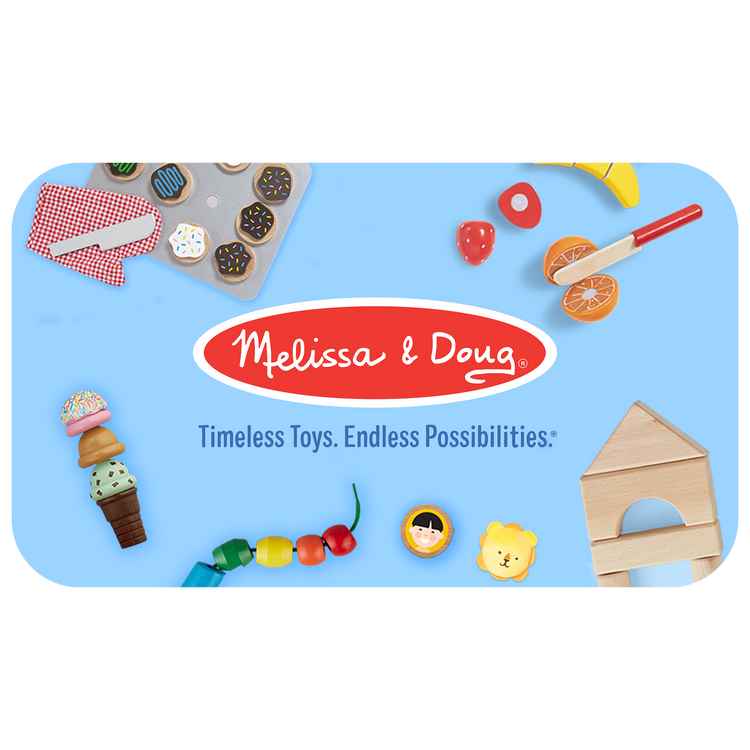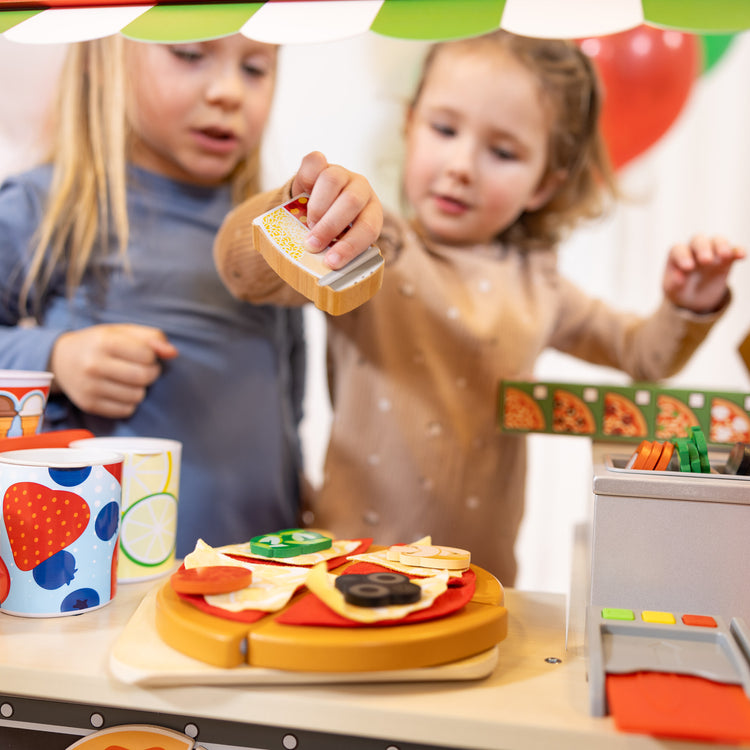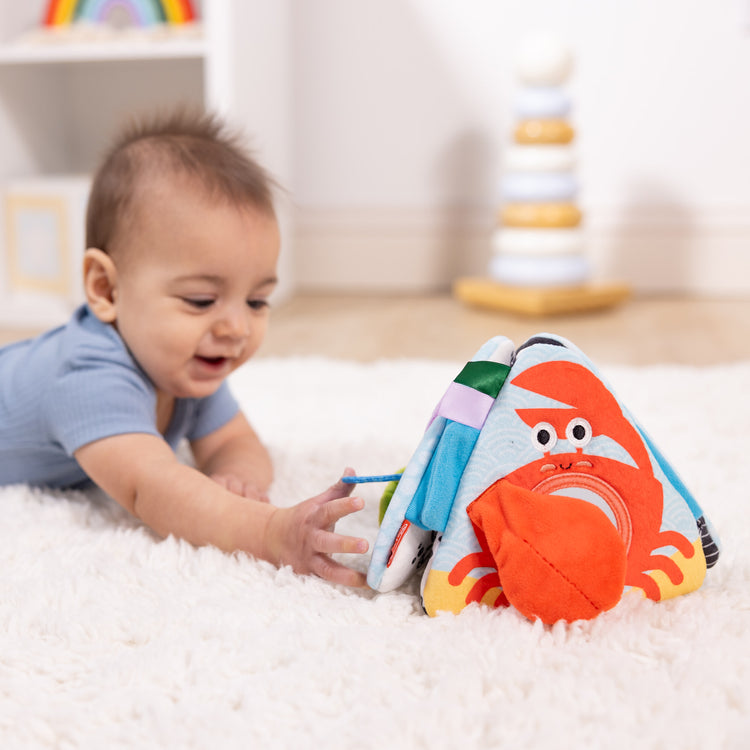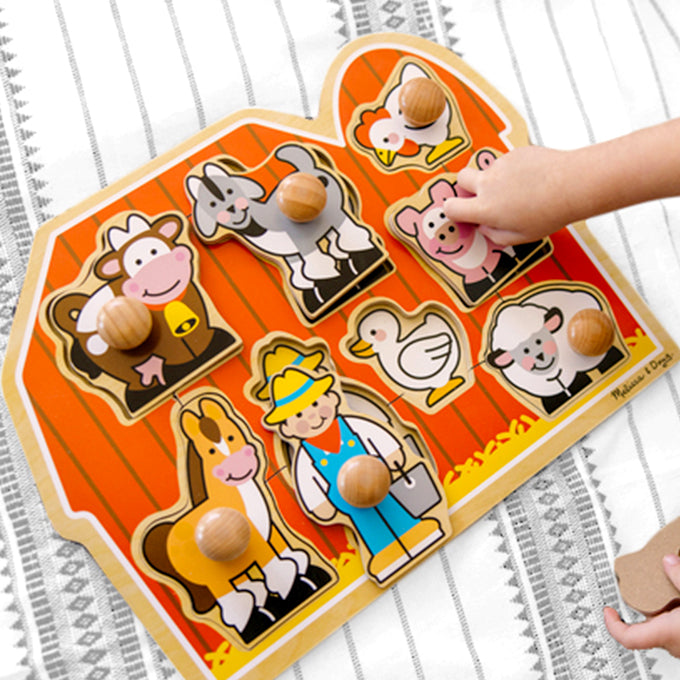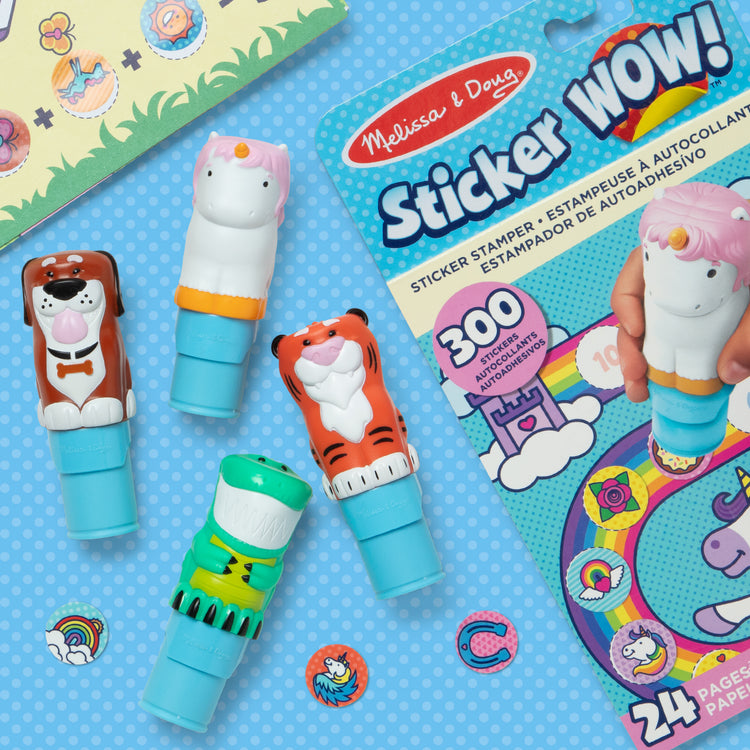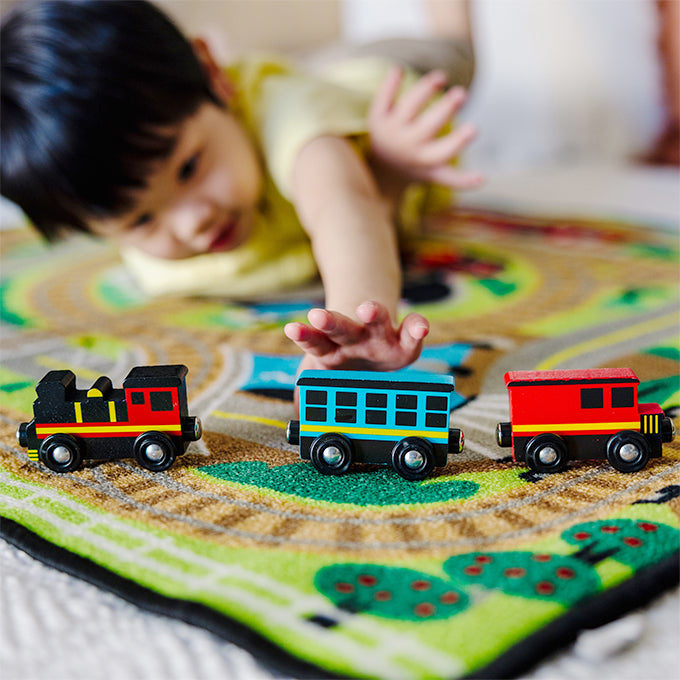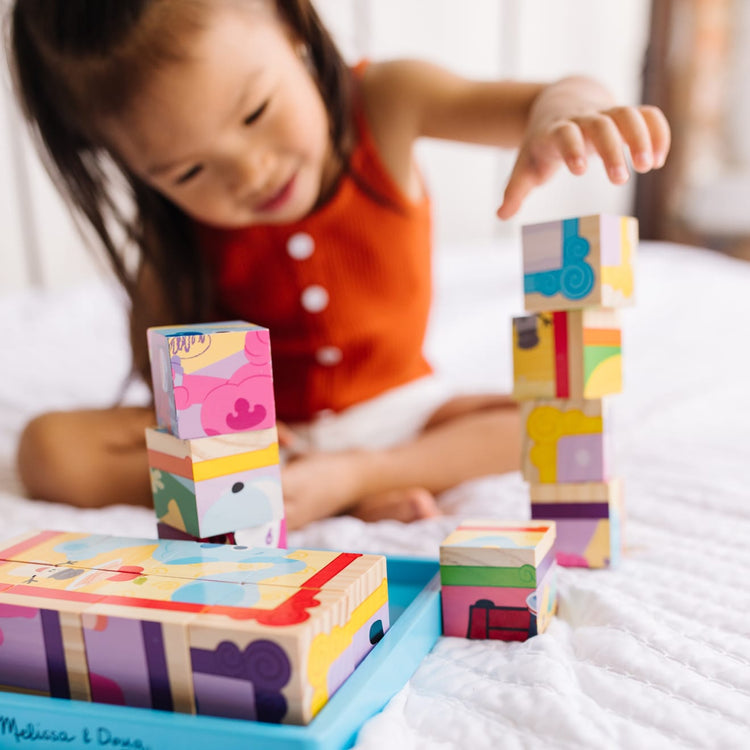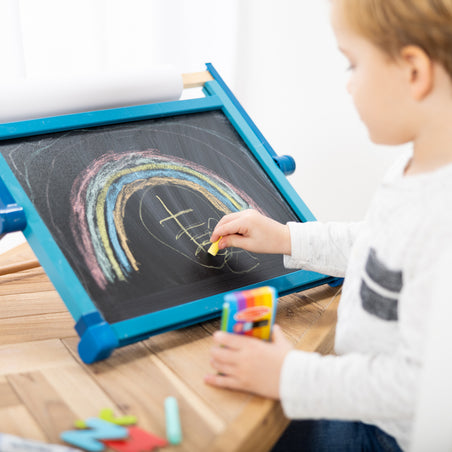Helping Children Through Big Emotions
It’s normal for children to have emotional reactions when their daily routines change, or the grown-ups in their lives are stressed out. How children respond to stress depends a lot upon their temperament. An inhibited, shy child is more likely to be anxious, and can show signs like being more controlling, needing things to be “just so,” or having huge meltdowns when things don’t meet their expectations. A more intense, impulsive, or extroverted child might overreact at minor frustrations, might use their body more to express frustration (like shoving or hitting), or use more insults.
How to Help Kids Manage Those Feelings
Regardless of how our children play out their feelings, it can be even harder to react in a sensitive way when our own emotional tanks are low, or our minds feel scattered. Here are a few ways to try to keep emotionally anchored while you help your child understand and manage their feelings:
-
Have kids use colors to label their feelings
Emotions are complex. I find that children understand them better when we teach them through “color zones.” I love the curriculum Zones of Regulation (blue = sad/bored; green = calm/focused; yellow = anxious/silly/agitated; red = angry/scared/out-of-control). I even print them out and put them on my fridge. This way, instead of saying, “Stop being crazy!” (which can make kids feel worse), I can say, “How can you get back down to the green zone?”
Try this: Turn this color zones idea into the basis for a fun little art project. Have kids draw faces to go with each color zone and tape up the chart in a handy spot for reference.
-
Talk about your own emotional zones
Many of us have been in the yellow zone for the past month! Talk about how you’re feeling, what you’re doing to get back to the “green zone,” and invite your kids to do it with you. Kids learn a lot from watching caregivers do their own emotional problem-solving.
Try this: Use bedtime stories as a jumping off point to talk about emotions — the characters’, yours, and your child’s. Books such as "Where the Wild Things Are" or countless others, where the protagonist experiences deep emotions of anger and frustration, can be a spark to talking about your own approaches to those feelings.
-
Find ways to get their energy out
Kids often use sensory activities or body movement to channel their feelings — like jumping on a trampoline, getting a bear hug, looking at favorite books, or listening to music. Ask your kids what activities get them “back to green.”
Try this: When kids look on the verge of overwhelm and frustration, help them pause and take a deep breath. If they’re the kind of kid who calms down by hiding in a tent until their thoughts calm down, remind them they can go to this space. If they’re a kid who loves physical movement, grab their hand and challenge them to “follow the leader,” then lead them on a ’round the home or yard parade of wacky walks, silly struts, shimmy shakes, and more till their mind is cleared.
-
Channel emotions through imaginative play
Kids are magical thinkers, so remember that they may not want to “talk out” their feelings. It’s good to label what you think they’re feeling with words, but also give them some opportunities to manage their feelings without words: through drawing, dress-up, playing with dolls or stuffed animals, or creating music that matches how they feel.
Try this: Set up a Let It Out zone, where kids can work out their feelings. It could consist of simply a blank journal where they can write or draw their emotions or a tub of modeling clay they can use to knead out their emotions. Or it could be a dress-up basket filled with props and accessories. Or a box of simple musical instruments and/or noisemakers (think pots and wooden spoons and rice shakers in small plastic containers).
Also remember that it’s easier to prevent negative behaviors than it is to manage them after the fact! Keep trying to have a regular schedule that includes special time where you turn off the news and focus on each other, as well as activities where you can goof around and laugh. These will help your well-being too. Keep doing the best you can!
The American Academy of Pediatrics is partnering with Melissa & Doug on the Power of Play to raise awareness about the health benefits of open-ended play and how important play is for both parents and kids.
Learn more about the Power of Play >
This web site is not an attempt to practice medicine or provide specific medical advice, nor does use of the site establish a physician-patient relationship. The use of this web site does not replace medical consultation with a qualified health or medical professional to meet the health and medical needs of you or others.

